
If 2014 was the year Tesco’s secrets spilled out soap opera style, 2015 was when CEO Dave Lewis faced the music. Announcing Tesco’s full-year results in April, he revealed the full horror of the catastrophic collapse in Tesco’s fortunes - in the shape of a £7bn writedown.
Tesco’s annual loss of £6.4bn was also one of the biggest in British corporate history. Lowlights included a 68% plunge in pre-tax profits, a 1.8% fall in sales, a net debt of £8.5bn and a net pension deficit of £3.9bn. Meanwhile Tesco’s credit status was dismissed as junk by Standard & Poor’s and Moody’s.
In a symbolic flushing away of the past and an indication of his determination to start afresh, Lewis announced the closure of Tesco’s infamous Cheshunt HQ, with the loss of thousands of head office staff. The squat grey concrete building was a monument to brutalist architecture, where windowless rooms played host to brutal negotiations with browbeaten suppliers. But, apparently, that’s all in the past, with Lewis announcing his so-called Project Reset, in which all 40 categories have been reviewed, with ranges scaled back involving a number of casualties, while the entire commercial function was not only pruned savagely in a major restructure but told to play nicely, with a pledge to reduce commercial income mechanics to just three by 2017 and a concerted focus on front margin.
Lewis also shelved plans for 49 new stores. Perfect yet unopened, the sight of mothballed Extra supermarkets seemed to crystallise Tesco’s torment. And, in an ironic twist, the retailer, so often barracked for expanding, came under fire from local communities for not opening more stores. Lewis also closed 43 unprofitable stores, many of them Express fascias. Thousands of jobs were also culled in stores. In an attempt to shore up the books, a rash of divestments saw Tesco’s South Korean arm, once a shiny profitable jewel in the all-conquering crown, sold for £4bn. Blinkbox, the streaming media service purchased by Philip Clarke in 2011, was also dumped after it racked up losses approaching £40m. And Tesco lost another £8m in November when it was forced to settle a US class action brought by disgruntled investors in the wake of the overstated accounting scandal.
In 2016, Tesco’s nerve centre will move to Welwyn Garden City. Whether it will play host to a brighter future is not clear. Lewis has won plaudits for the decisive way he tackled the challenges posed in 2015, none of which were of his making. He’s also made some dynamic moves. As well as the category rationalisation, there’s been a dramatic refocus on the shop floor. And the hiring of Matt Davies as UK MD has been well received. But the share price currently sits at 150p, an 18-year low.





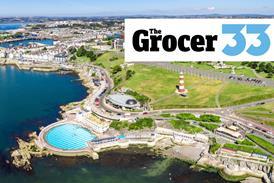
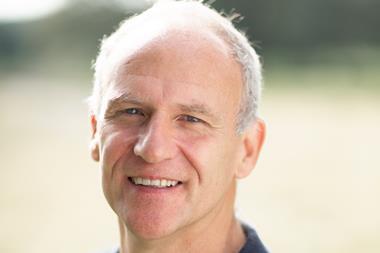
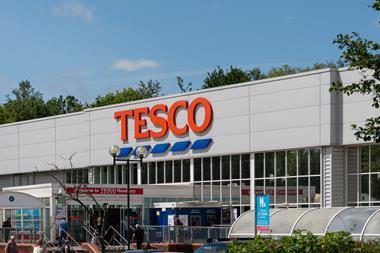
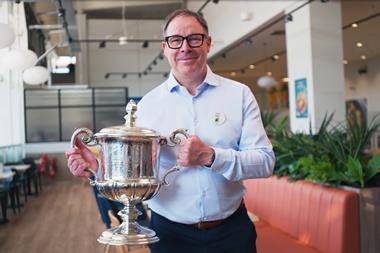

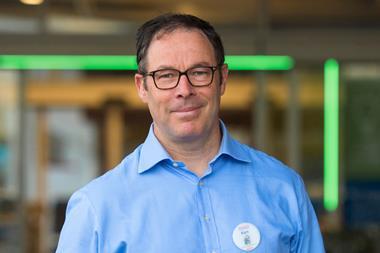
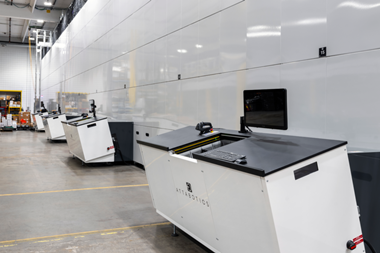

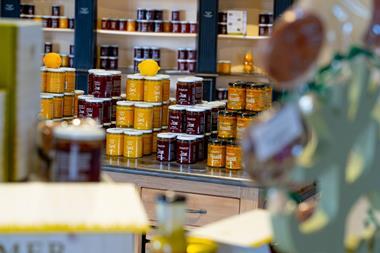




No comments yet